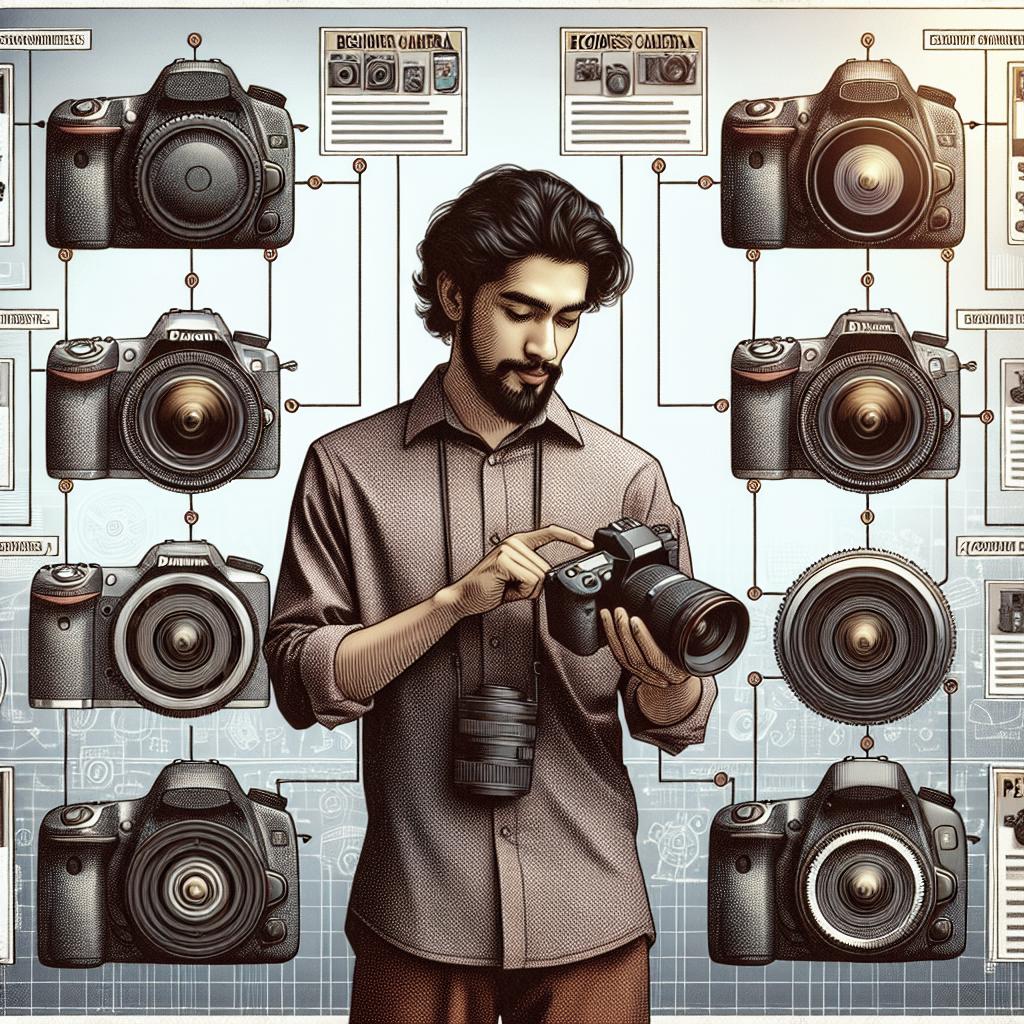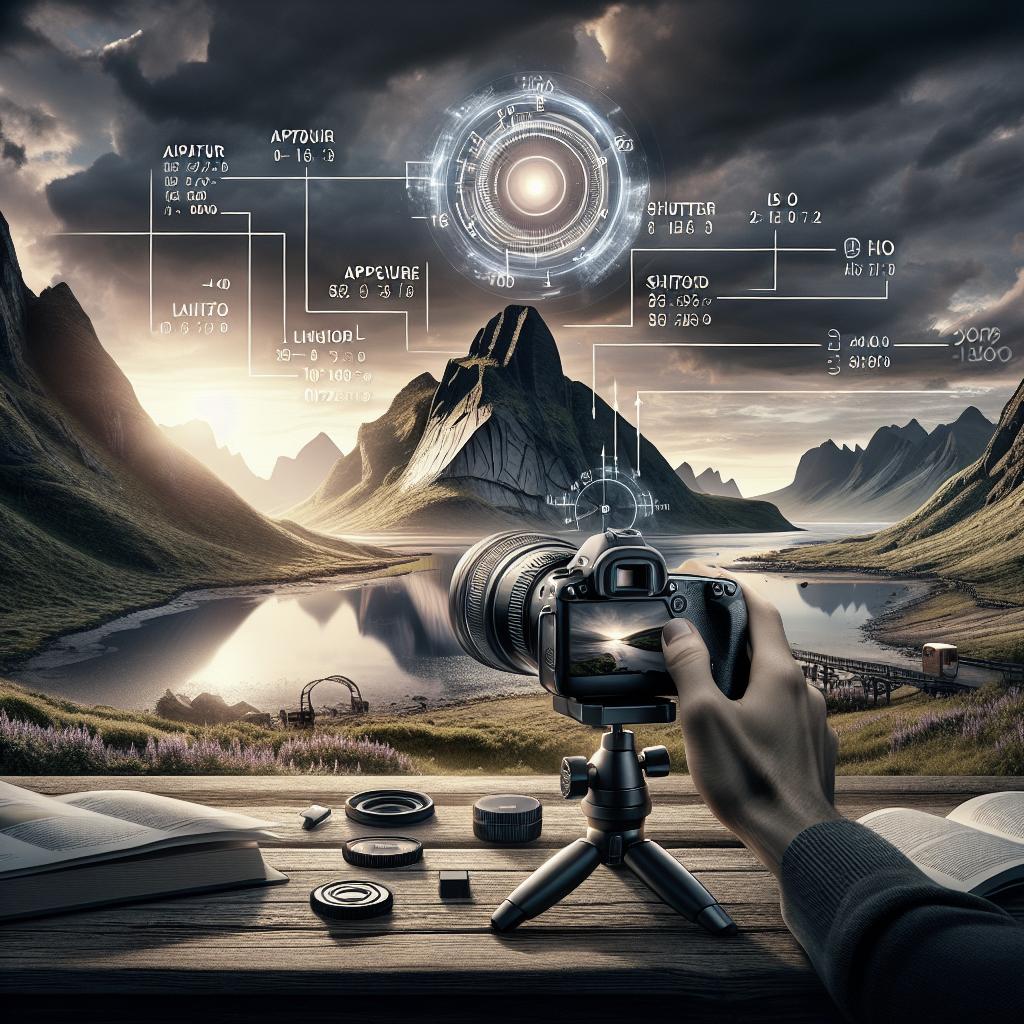“`html
How to Photograph Reflections Creatively
Photography is an art form that allows us to capture the world from unique perspectives, and mastering the art of photographing reflections can add an extra layer of creativity to this process. Whether it’s the serene mirror image of a lake at dawn or the dynamic reflections in urban settings, mastering these skills involves choosing the right location, finding compelling subjects, and employing effective shooting techniques. This blog post will explore where to capture the best reflections, which subjects work well, shooting techniques, and the technical considerations that can elevate your reflection photography. By the end, you’ll have the tools to transform ordinary scenes into extraordinary photographs.
Where to Photograph Reflections
Reflective surfaces are all around us, ranging from natural landscapes to urban environments. Lakes and ponds on a calm day provide perfect mirrors of their surroundings. The tranquility of these settings often leads to stunning, symmetrical compositions. Beaches at low tide can also create unique reflective surfaces with their wet sands, offering interesting perspectives at sunrise or sunset.
In urban settings, reflections can be captured in windows, puddles, or even polished marble floors, giving photographers the opportunity to blend the natural with the industrial. Cityscapes offer a dynamic setting for reflection photography, especially at night when the city is illuminated by artificial lights. Seek out unique angles and perspectives that depict the energy and structure of the city.
Which Subjects Make Good Reflections?
Nature provides an abundance of subjects for reflection photography. Trees, mountains, and skies reflect beautifully in water surfaces. These subjects bring out the symmetry and tranquility of the natural world and can be especially dramatic when clouds are involved, adding depth and texture to your images.
In urban settings, architecture is a compelling subject. Tall glass buildings can duplicate the cityscape, creating magnificent alignment and perspective. Human subjects also add interest; capturing people in reflections can tell a story through the interaction of reflective surfaces and everyday life, providing a captivating visual narrative.
Shooting Techniques for Reflection Photography
1. Plan in Advance for a Still Day
To capture high-quality reflections, it’s crucial to plan your shoot on a day with minimal wind. Calm conditions ensure that water surfaces are undisturbed, offering the best reflections. Checking weather forecasts and choosing the right day can make a significant difference in capturing that perfect reflective shot.
2. Utilize Cloud Cover
Clouds can add dramatic elements to your reflection shots. Particularly on overcast days, clouds diffuse the light, providing even exposure across your image. The reflections of clouds can give your photographs an ethereal feel, accentuating the depth and contrast in your compositions.
3. Get Up Early
Morning hours often bring a calmness that is ideal for reflection photography. The golden hour—shortly after sunrise—provides soft, warm light that enhances the beauty of reflections. Additionally, early mornings typically have less wind, ensuring smooth reflective surfaces.
4. Consider Your Focal Length
The choice of focal length can drastically alter how you capture reflections. Wide-angle lenses allow you to combine expansive landscapes with their reflections, creating a comprehensive view. Conversely, telephoto lenses can be used to isolate specific parts of your subject, focusing on detail and enhancing abstraction.
5. Manage Your Camera Height
Adjusting the height of your camera changes the reflection dynamics in your photograph. Shooting from a lower angle often brings the reflection into more prominence, providing greater balance between the subject and its reflection. Experiment with different heights to see what composition works best for your image.
6. Consider the Foreground
Incorporating elements in the foreground of your reflection shots can add layers and depth to your composition. By using objects in the foreground, you create lines that lead the eye through the image, enhancing its three-dimensional quality.
7. Emphasize Symmetry
One of the most powerful aspects of reflection photography is symmetry. By carefully framing your shots, you can emphasize the mirrored symmetry of your subject and its reflection. Paths or lines that converge towards the center can create visually satisfying images that draw the viewer’s eye.
8. Use Texture
Reflections become more fascinating when they interact with texture. Rippling water or textured surfaces like wet pavement bring dynamic elements to your image. Choosing to include texture in your reflection compositions can evoke emotion and suggest movement.
Technical Considerations
1. Managing Exposure
Accurate exposure is critical in reflection photography. Balancing highlights and shadows ensures that both the subject and its reflection are properly exposed. Consider shooting in RAW format to give yourself more flexibility in post-processing, allowing you to adjust exposure settings without loss of detail.
2. Focusing Techniques
Achieving sharp reflections often requires manual focusing. Autofocus can sometimes struggle with reflections, especially on surfaces like water. By switching to manual focus, you can ensure that both the subject and its reflection are in sharp focus, enhancing the detail in your compositions.
3. Consider Using Filters
Polarizing filters can be invaluable for reflection photography. They allow you to reduce unwanted glare on reflective surfaces, bringing out the richness of colors and details. Additionally, neutral density filters can help manage light exposure, especially in bright conditions, without affecting the natural colors of your image.
Next Steps
| Section | Summary |
|---|---|
| Where to Photograph Reflections | Natural landscapes and urban environments offer ample opportunities for capturing reflections. |
| Which Subjects Make Good Reflections? | Nature, architecture, and people can all provide compelling reflective subjects. |
| Shooting Techniques for Reflection Photography | Consider weather conditions, time of day, focal length, and composition techniques for effective shooting. |
| Technical Considerations | Manage exposure, focus manually, and use filters to enhance your reflective images. |
“`


